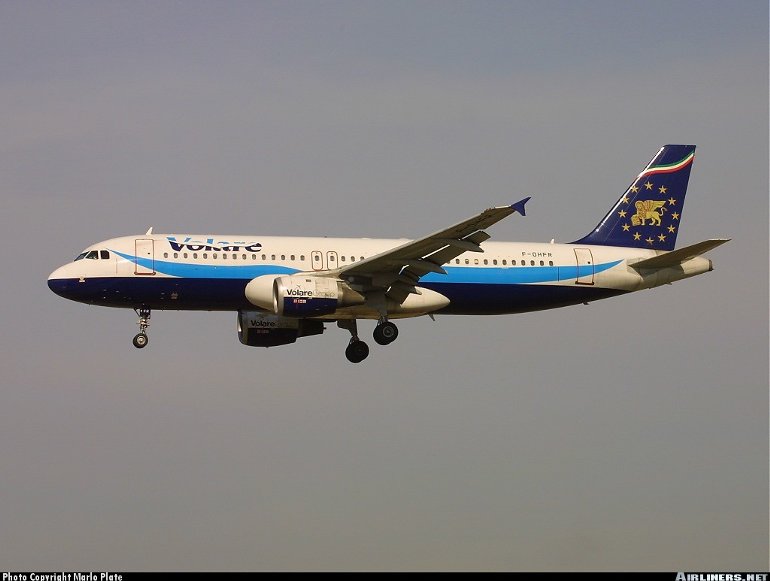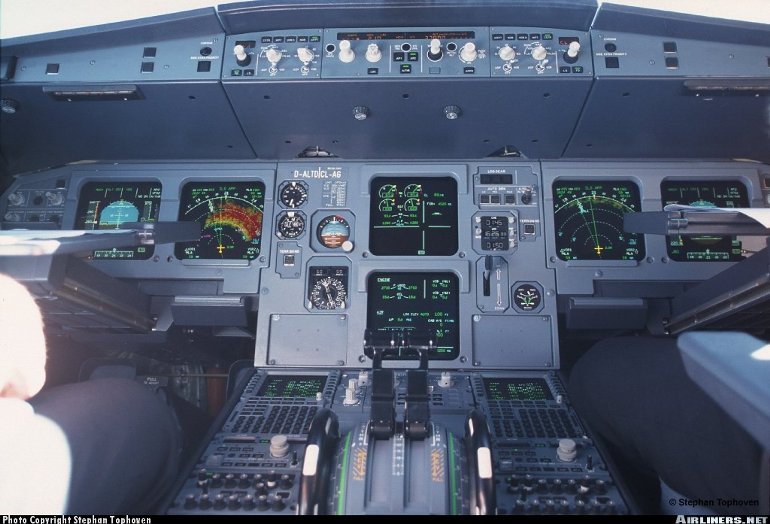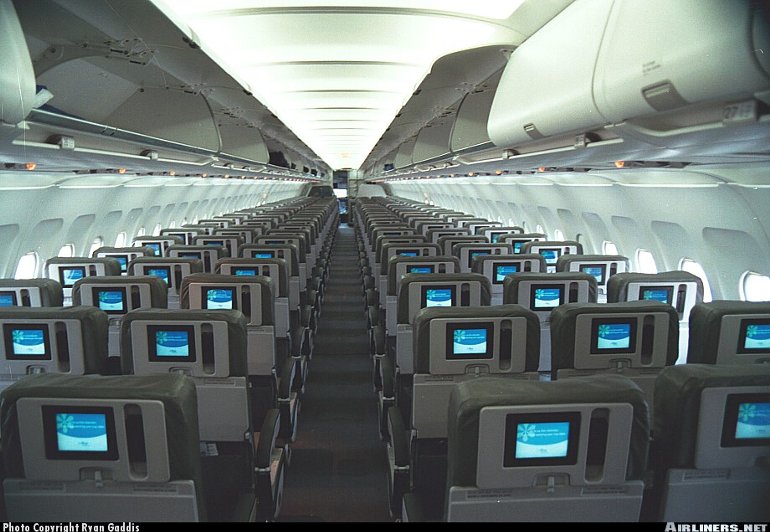Aircraft Technical Data
Airbus A320



| Details | |
| Country of Origin | European consortium |
| Type | Short to medium range airliner |
| History |
|
| Powerplants | Two 111.2kN to 120.1kN (25-27,000lb) CFM International CFM56-5A1 turbofans or 118kN (26,500lb) CFM56-5A3s or 120kN (27,000lb) -5B4s, or two 113.4kN (25,500lb) International Aero Engines IAE V2500-A1 or 117.9kN (26,500lb) V2527-A5s. |
| Performance | A320-200 - Max cruising speed 903km/h (487kt) at 28,000ft, economical cruising speed 840km/h (454kt) at 37,000ft. Range with 150 passengers and reserves with CFM56s 4843km (2615nm), or 5639km (3045nm), or 5278km (2850nm); with V2500s 4874km (2632nm) or optionally 5463km (2950nm) or 5676km (3065nm). |
| Weights | A320-200 - Operating empty with V2500s 42,220kg (93,079lb); with CFM56s 42,175kg (92,980lb). Standard max takeoff for both versions 73,500kg (162,040lb) or optionally 75,500kg (166,445lb) or 77,000kg (169,755lb). |
| Dimensions | Wing span 34.09m (111ft 10in), length 37.57m (123ft 3in), height 11.76m (38ft 7in). Wing area 122.6m2 (1319.7sq ft). |
| Capacity | Flightcrew of two. Main cabin can accommodate a maximum of 179 passengers in a high density layout. Typical two class seating arrangement for 12 passengers at four abreast and 138 at six abreast. Seven LD3 derived LD3-46 containers or palletised cargo can be stored in the underbelly forward (four) and rear (three) freight holds. |
| Production | As of early 2003, firm orders for the A320 stood at 1397 with 1131 delivered. |
| Related Links | Airbus A320 |
The backbone of this section is from the The International Directory of Civil Aircraft by Gerard Frawley and used with permission. To get your own copy of the book click here. |
|








